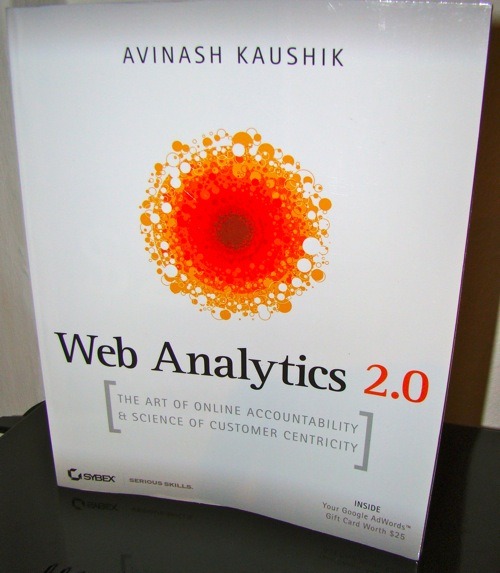
What is it about?
Visitors, Page views, Time on site. Everything familiar? Time to move to the next level. Avinash Kaushik talks about using Web Analytics in decision processes. He tries to reduce the information to help you create KPIs for better management decisions.
What can I learn?
Critical Few: You should try to reduce the data into insights. Create meaningful KPIs (Key Performance Indicators) and explain it to your employees/bosses. The future main goal will be to increase these critical few.
Bounce Rate is your friend: The bounce rate is a very insightful measurement (however not for blogs). It tells you how many percentage of your customers just visited one site and then left the page. This is an easy metric to minimize with a huge profit.
Segmentation works: A big advantage of online analytics is that you can segment customers/visitors more easily. Try to segment people by traffic source or geographical sources. This helps you to target your campaigns better. If you want to improve your advertising campaigns, you should look first if most people convert in the first two to fives visits. If you, it’s okay and you can directly look on the best conversing traffic source. However if most of the people buy at a later time it’s gets really fuzzy how to value each source. Caution!
Conclusion
Web Analytics 2.0 is huge. Avinash Kaushik talks about so much different topics from A/B testing to event tracking. This is sadly one of the criticizing points. Somehow it feels to shallow to be useful. However, it’s brutally hard to write about such an extensive topic like (web) analytics. Good book.


